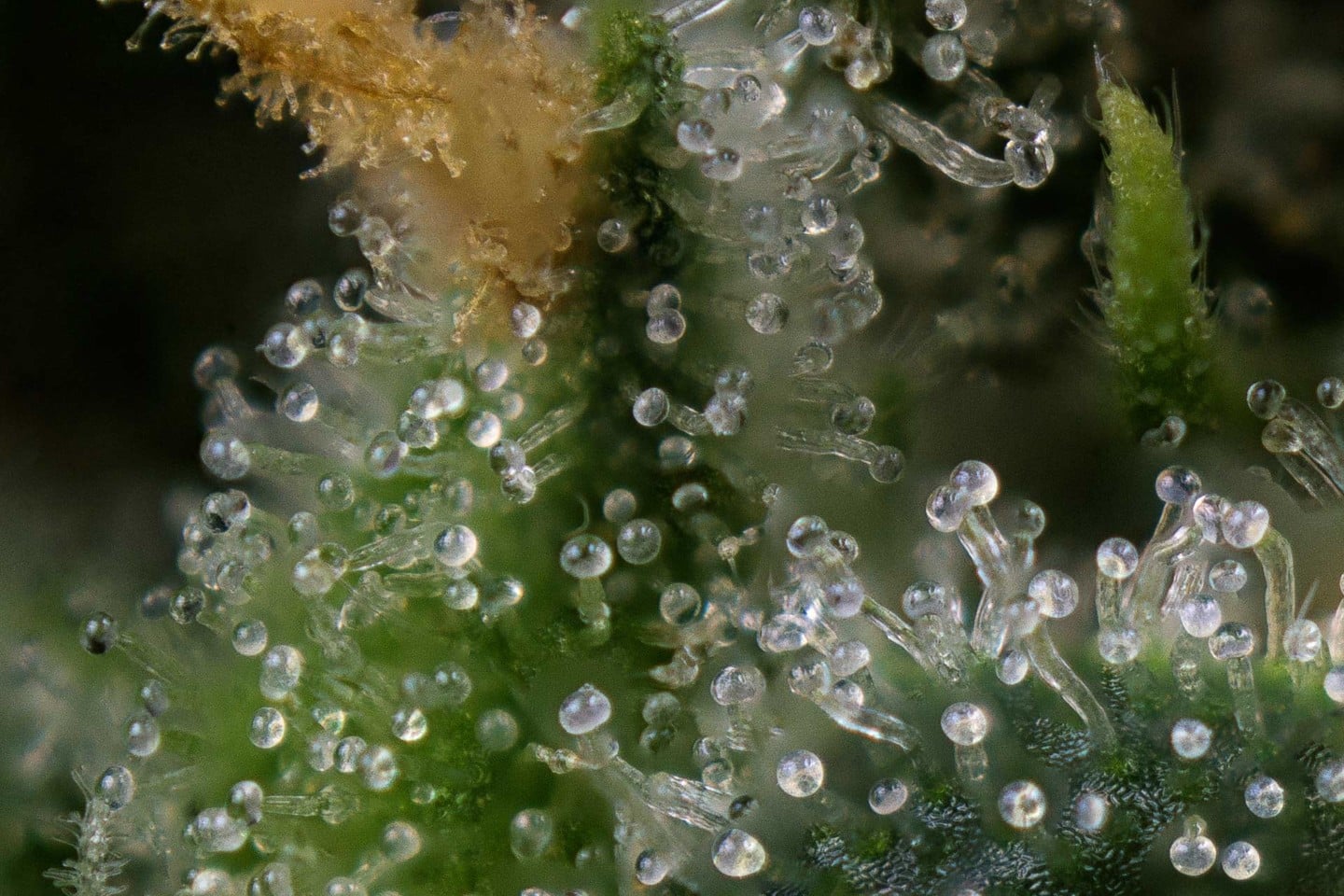
Cannabinoids: What They Are, What They Do, and Why Michigan provisioning center Customers Should Care
[vc_row][vc_column width=”1/1″][vc_column_text]
Cannabinoids are the secret to your cannabis experience.
Michigan’s cannabis industry has evolved post-prohibition. Today, our industry is full of complicated terminology, 90 percent of which you can ignore. But there are a few terms every Michigan provisioning center customer should know – cannabinoid is one of them.
Here’s the primary reason you should care about cannabinoids: they are responsible for most of the effects of cannabis.
But that’s a simple explanation for a complicated chemical compound (say that five times fast, we dare you).
So, let’s dive deeper.
No discussion of cannabis is complete without first discussing cannabinoids. Because, without cannabinoids, marijuana is nothing more than a beautiful plant that we can use to make rope and textiles.
We need to note that terpenes also give cannabis it’s therapeutic power, but we’ll save that topic for another day. [/vc_column_text][/vc_column][/vc_row][vc_row][vc_column width=”1/1″][vc_column_text]
Let’s get back to cannabinoids.
Most people familiar with cannabis are also familiar with THC (tetrahydrocannabinol). THC is the star of the show in the minds of Michigan provisioning center customers, but there are hundreds of cannabinoids, five, in particular, that we think you should know. More on that later.
We need to cover a few basics before moving on.
Federal prohibition makes in-depth research challenging, but scientists have learned a few things about how our bodies interact with cannabis.
After decades of research, we know that chemical compounds in cannabis (cannabinoids) are designed to interact with our bodies via the ECS or Endocannabinoid System.
“Some of us consume cannabis for its mind-altering effects, while others seek symptom relief. But cannabis wouldn’t get us high or have some of its therapeutic benefits if our bodies didn’t already contain a biological system capable of interacting with its active chemical compounds, like THC.” – Leafly
The ECS regulates critical functions, like how we sleep, move, react, and feel. It also helps us maintain homeostasis, our natural state of internal balance. Cannabinoids interact with the Endocannabinoid system by binding with our CB1 and CB2 receptors. This biological marriage produces the psychoactive and therapeutic effects Michigan’s consumers want. [/vc_column_text][/vc_column][/vc_row][vc_row][vc_column width=”1/1″][/vc_column][/vc_row][vc_row][vc_column width=”1/1″][vc_column_text]
Here are five cannabinoids we think you should know:
1. THC (tetrahydrocannabinol):
THC is the most common and well-known cannabinoid. It is psychoactive, which means it gets you high. But that’s not all THC is good for. It also helps reduce or eliminate pain, stress, and nausea; it stimulates the appetite (gives you the munchies) and helps you get to sleep at night.
2. CBD (cannabidiol):
CBD is a cannabinoid that shares the spotlight with THC. It’s non-psychoactive, which is a scientific way of saying it won’t get you high. CBD helps relieve the symptoms associated with spasm disorders and seizures. It also reduces inflammation and pain and has a calming effect, which is helpful when you have anxiety. We can, and will, dedicate a forthcoming blog entirely to CBD because the list of useful attributes specific to this well-known cannabinoid is lengthy.
3. CBN (cannabinol):
CBN is a lightly psychoactive cannabinoid found predominantly in oxidized (or aged) cannabis. It’s an effective sleep aid and helps regulate our immune systems. CBN also helps relieve the inflammation and pain of arthritis and Crohn’s disease, and research indicates it can be used to reduce glaucoma-induced eye pressure.
4. THCV (tetrahydrocannabivarin):
THCV is a psychoactive cannabinoid known for providing an alert, energizing, and euphoric feeling, which explains why it’s most often recommended for daytime consumption. It’s also a stress reliever and is excellent for minimizing or preventing panic attacks. This is why researchers believe THCV can play an essential role in the treatment of PTSD.
5. THCa (tetrahydrocannabinolic acid):
THCa is a non-psychoactive cannabinoid similar to CBD. Its primary benefits are inflammation relief, and as a treatment for symptoms related to arthritis and seizures. THCa is also a neuroprotectant, making it ideal for treating Alzheimer’s, Parkinson’s, and Multiple Sclerosis. It’s also an appetite stimulant, and initial studies indicate it might be useful in slowing the generation of cancerous cells.
The entourage effect
Researchers have identified a unique phenomenon called the entourage effect (also sometimes called the ensemble effect). It’s complicated and confusing, so we’ll simplify things for you.
New research shows that THC acts differently when paired with different cannabinoids. Each cannabis compound has unique benefits and effects, and their behavior can change when in the company of other compounds.
“THC, like a rock star, only reaches its full potential when it rolls with a crew, consisting of hundreds of other compounds in the plant that scientists know about so far.” –WIRED
Michigan provisioning center visitors can benefit from a basic understanding of cannabinoids.
New and seasoned cannabis consumers in Michigan can benefit from becoming familiar with the five cannabinoids mentioned in this blog. But, as we’ve said, there are hundreds of cannabinoids, and we’ve only begun to peel back the layers. If you have questions, we’re here to help. Get in touch! [/vc_column_text][/vc_column][/vc_row]


